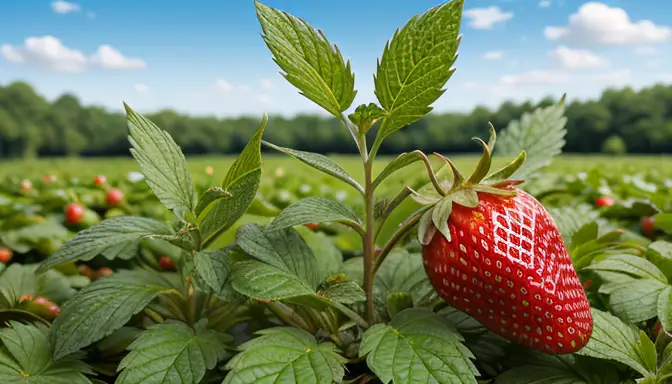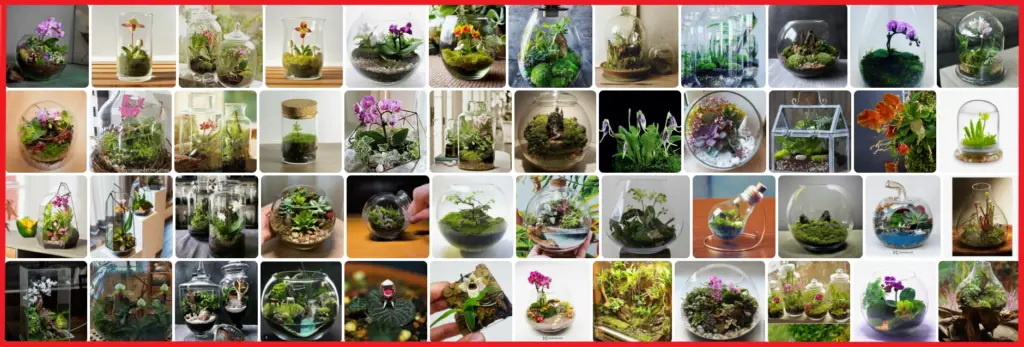Embark on the journey of a tiny strawberry seed as it sprouts into a delicate seedling, requiring tender care and optimal conditions to thrive into a robust plant.
It’s a critical stage where every drop of water and ray of sunshine matters in shaping its future. Watching these little seedlings grow can be as exciting as waiting for your morning coffee to brew – a mix of anticipation and caffeine-fueled impatience.Picture a baby strawberry plant , just starting its adventure in the vast world of soil and sunlight..
Witness the magical transformation of the strawberry plant’s flowers , attracting pollinators with their sweet nectar, paving the way for the formation of the delectable fruit. Imagine a bustling floral party where bees and butterflies are the VIP guests, dancing from one flower to another, spreading pollen like a DJ spinning tracks at a summer festival. These flowers are not just pretty faces; they are the architects of the strawberry’s future, orchestrating a symphony of growth and sweetness in the garden.
Delve into the intricacies of how the green, unripe strawberries gradually ripen into luscious, red fruits bursting with flavor and nutrients, ready for harvest. It’s like witnessing a color-changing magic show in your own backyard, where the once-pale berries transform into vibrant red gems, tempting you with their juicy promises. Each day brings a new hue and a heightened sense of anticipation, like waiting for a favorite TV show to release a new season – the excitement builds, and the payoff is oh-so-satisfying.
Discover the art of propagating strawberry plants through various methods , including division, runners, and tissue culture, ensuring a bountiful yield season after season. Think of it as creating a strawberry army ️, where each new plant is a soldier ready to conquer the garden with its fruity goodness. Propagation is like giving birth to a botanical army, nurturing them with care and attention to ensure a fruitful victory in the battle against bland fruits.
Navigate the challenges of protecting strawberry plants from pesky pests and diseases, employing organic strategies and integrated pest management for a healthy crop. It’s like playing a game of hide-and-seek with microscopic foes, where the stakes are the sweetness of your harvest. But fear not, for with the right knowledge and tools, you can outsmart these sneaky intruders and safeguard your strawberry kingdom from devastation. Remember, a healthy plant is a happy plant, and a happy plant bears the juiciest fruits.
Uncover the secrets of proper pruning ✂️ and maintenance routines to optimize the growth and productivity of strawberry plants, promoting vigorous foliage and abundant fruiting. Pruning is like giving your strawberry plant a stylish haircut ♂️, shaping its appearance and encouraging new growth in all the right places. It’s a therapeutic session for both you and the plant, a moment of zen in the midst of a bustling garden. With each snip of the scissors, you’re sculpting a masterpiece of greenery, a living work of art that bears the sweetest rewards.
Celebrate t
he culmination of the strawberry plant’s life cycle as you harvest the ripe, succulent fruits , savoring the sweet rewards of your horticultural efforts.The act of harvesting is not just about collecting fruits; it’s a moment of gratitude and fulfillment, a tangible reminder of the cycle of life and the joys of nurturing a tiny seed into a delicious bounty. So, savor each bite, knowing that it all began with a humble strawberry seed and a heart full of passion for plants.It’s like a treasure hunt in your own backyard, where each plump berry is a golden nugget waiting to be discovered..
Germination and Seedling Stage
Embark on the captivating journey of the minuscule strawberry seed , a true underdog in the botanical world. This tiny seed, with its potential hidden within, bravely pushes through the soil, seeking light and life. As it emerges, a delicate seedling emerges, akin to a newborn taking its first steps. Careful nurturing and optimal conditions are crucial at this stage, like a tender embrace guiding a child towards growth. The seedling’s quest for survival is a testament to nature’s resilience and beauty, a reminder of the miracles unfolding beneath our feet.
In this phase, the strawberry plant’s journey is akin to a thrilling adventure novel, with each chapter revealing new wonders and challenges. The seedling’s growth is a dance between fragility and strength, a delicate balance that mirrors the complexities of life itself. Like a symphony conductor guiding musicians, a gardener must provide nuturing care and attention to ensure the seedling flourishes into a robust plant. Stay tuned as we dive deeper into the enchanting world of the strawberry plant’s development, unraveling the mysteries of nature one leaf at a time.


